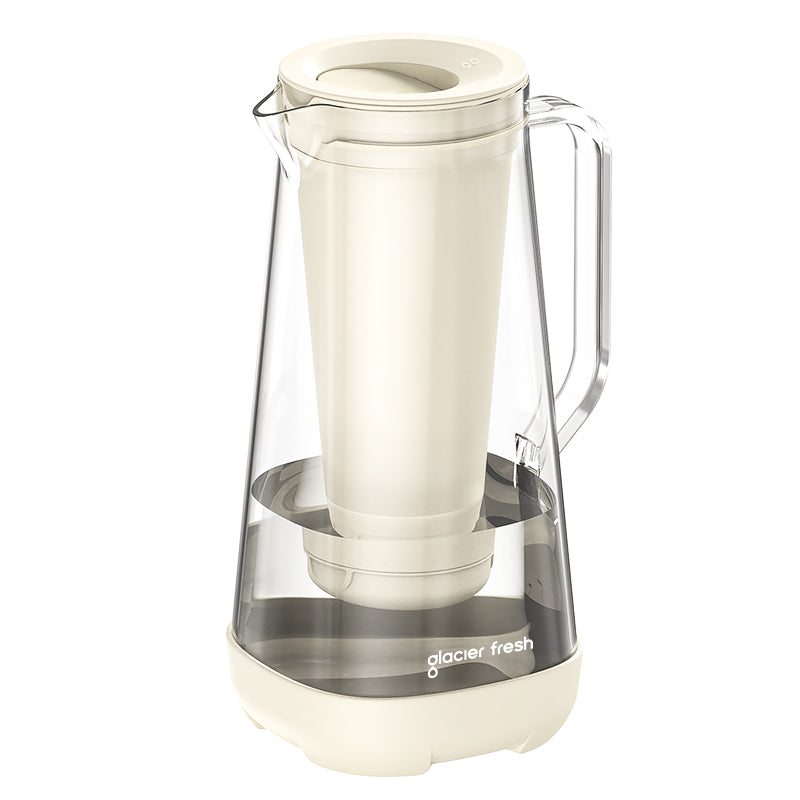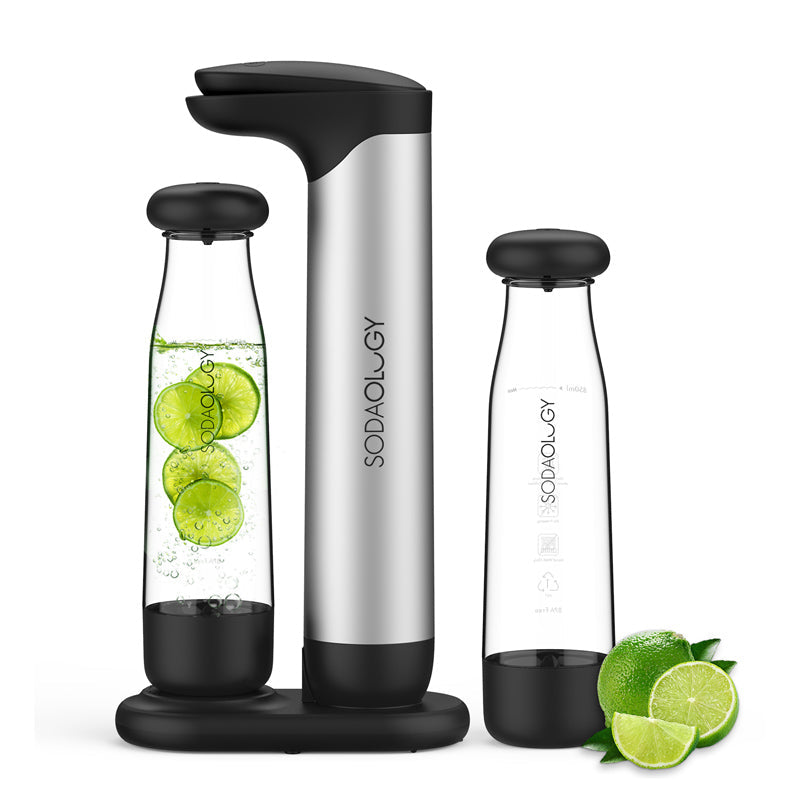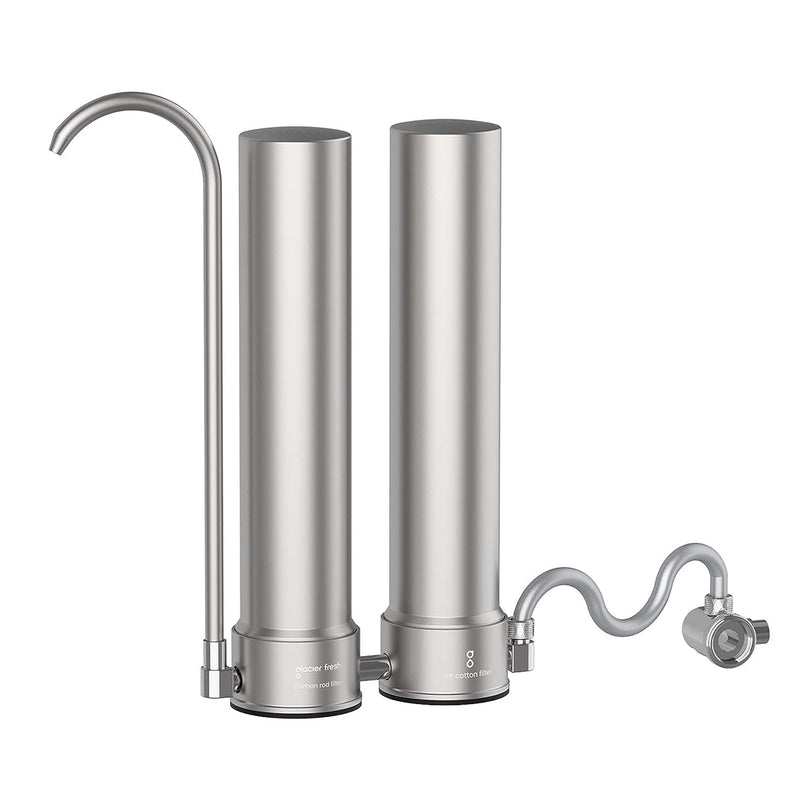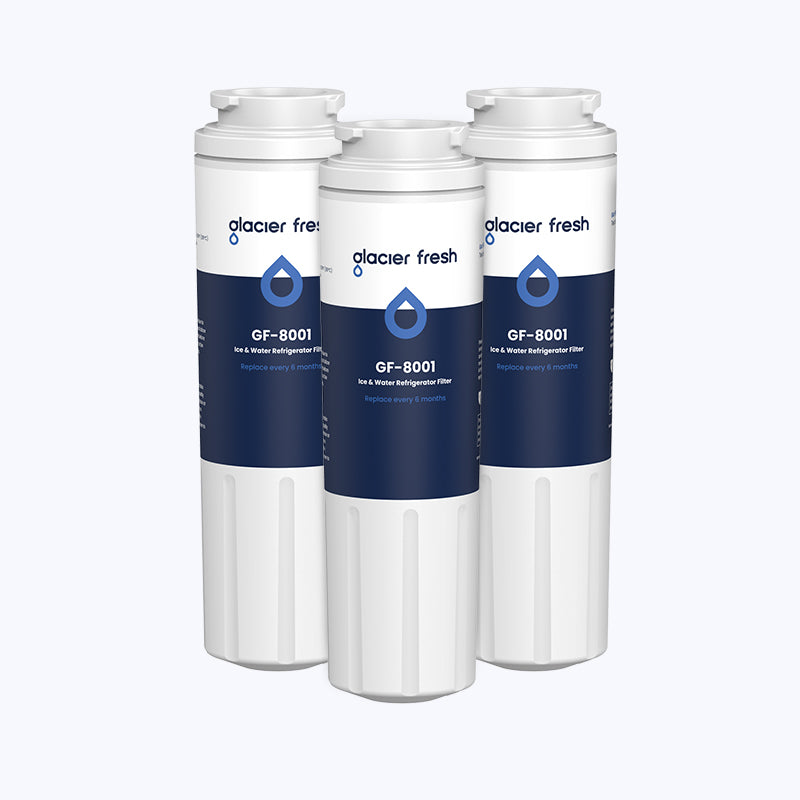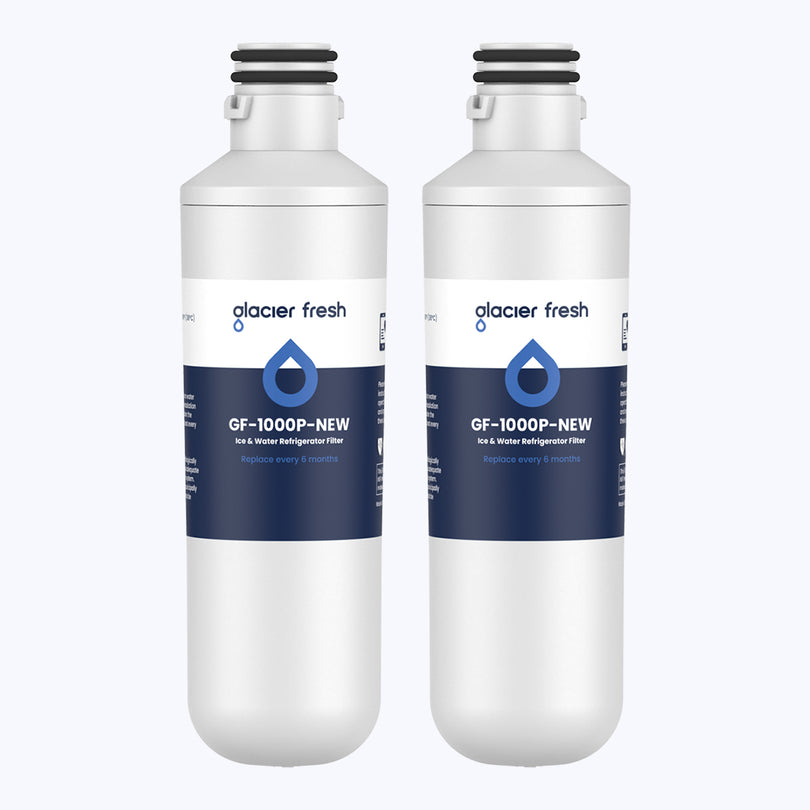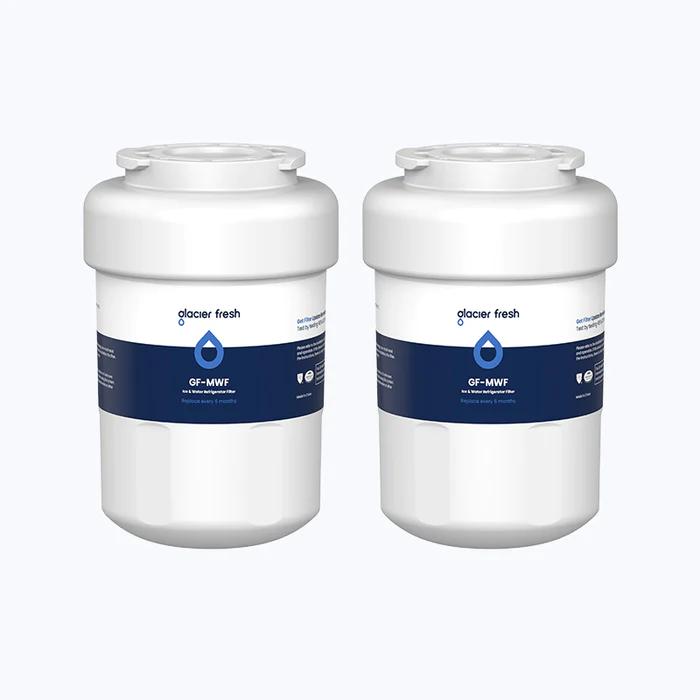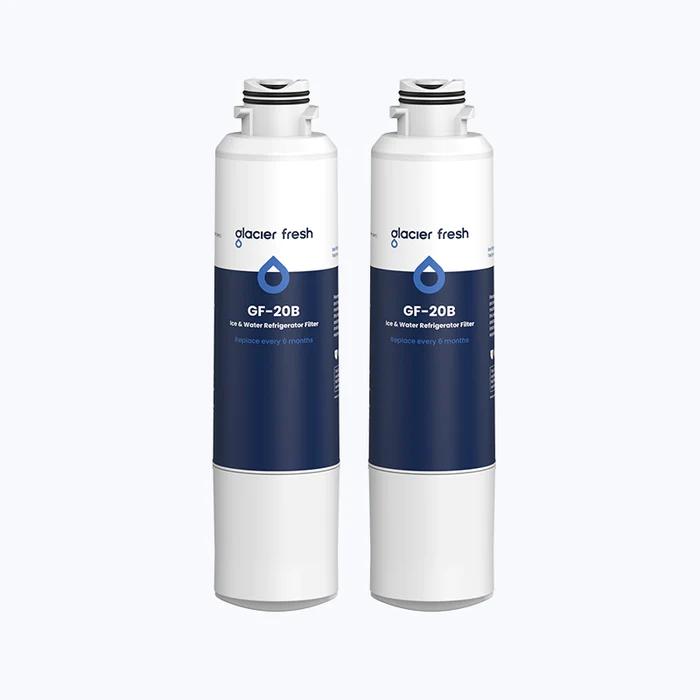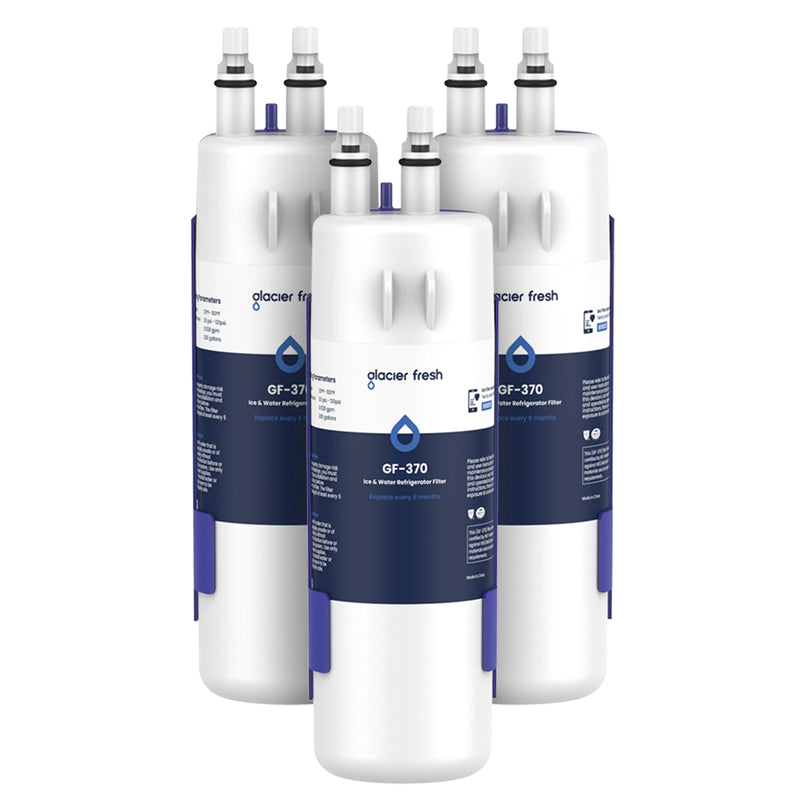Table of Contents:
What Part Of My House Uses The Most Water?
Can I have Enough Water While Saving Water?
What Do I Gain When I Save Water In My Home?
What Is The Current Impact Of Water Wastage?
What Simple Habits Can I imbibe To Save Water In My Home?
Is It Possible To Save Water When Drinking And During Outdoor Activities?
Conclusion
Simple creative actions like regulating your toilet flusher, storing your cold water in bottles, and getting a water filter for your outdoor activities are a few among many other habits you can imbibe to save water in your home.

A larger part of the earth is covered with water, but only a minute percentage is good for use and consumption. The water in our home is sourced from the surface of different water bodies like lakes, oceans, rivers, and underground channels, which have proven effective for decades, but not without an urgency for water users in households to be conscious.
Saving water in your home begins by being conscious of the parts of your home that tend to use or waste more water. This article will help you know your home better as regards water flow and usage, and the possibility of saving water as you use it.
What Part Of My House Uses The Most Water?
A lot of times, the parts of our homes where water is mostly used, are blind spot areas that the user isn’t quick to consider. This is because we tend to be more conscious of consumed and handled water. But the fact is, parts of the house like the bathroom and toilet use more water than we may know. In America only, 80 to 100 gallons of water is used daily by an individual, on average. According to the Environmental Protection Agency, the typical American family uses more than 300 gallons of water, a larger percentage of which is from indoor usage.

Can I have Enough Water While Saving Water?
The toilet is one part of the home that uses more water in most homes, and the next is bathrooms and showers. And because these places are always engaged, water usage in these areas can take up 30% or more of the entire usage. As you read to the end of this article, you'll see how possible it is to have enough water, even as you save it.
What Do I Gain When I Save Water In My Home?
The United States Geological Survey (USGS) estimates that an average American uses up to 82 gallons of water daily. The cost of which is more than $1000 yearly. And, turning on a tap goes beyond the water that runs out of it. There’s a lot of energy involved in running water through the parts of a home. Just cutting down on water usage in your home can save up to 35% of your water, helping you save $350 in water and energy saved. Although 70% of the Earth is covered with water, only 3% of its water is usable fresh water, with only 0.4% consumable. So, lending your quota to save water in your home may be more important than you think, if you knew the impact of water wastage.

What Is The Current Impact Of Water Wastage?
Water Wastage has been highlighted as one of the causes of water shortage. Some parts of the world like the US, have been able to set up reliable water structures, so that the thought of water is usually undermined, leading to its wasting. The lack of concise water data makes the in-depth impact of water wastage difficult to communicate, but with an estimated city waste of 9,400 gallons yearly by families only, there’s a need to shut off household leakages immediately.
What Simple Habits Can I imbibe To Save Water In My Home?
Cutting down on water wastage isn’t so far-fetched. Here are 10 simple habits you can imbibe in your home to save water.
- Regulate your toilet flusher by dumping a bottle of pebbles safely in your flusher. This will trick your flusher to use just the required amount of water at a time because the weight of the bottles would have limited the water that the flusher holds at a time.
- Use showers instead of baths. Also, install a low-flow shower head and try to reduce your shower time.

- If you must use a bath, ensure that the water that runs before your hot water is collected in a bucket and reused for outdoor work like gardening.
- Turn off your tap when brushing, until you need to use the water.
- Wash your vegetables using a bowl, or ensure that your sink stopper is tight enough to hold just the amount of water you need.
- Use a dual toilet flusher type, so that you don’t use excess water to flush when not needed.
- Install a water security system or study your water meter to pick out any leakages.
- Use your dishwasher instead of hand washing which keeps your tap running too long. If you must hand wash your dishes, you can use a sink bowl or the sink itself for rinsing.

- Minimize washing liquid for both laundry, hand washing, and dishwashing. This way, you don’t need too much water to rinse off the lather.
- Do a one-time load of full laundry instead of bits of washing.
Is It Possible To Save Water When Drinking And During Outdoor Activities?
- Keep A Bottle Of Drinking Water In The Fridge
Instead of running your tap water to cool off before drinking, it is better to store your drinking water in safe bottles in your fridge.
- Get Your Water Filter

It is possible to attain zero water wastage on your next outdoor adventure. Do you know that if you take your water filter with you, then you can drink about any type of water concentration you come across? Glacier Fresh has water filters that can filter water right from natural sources—sea, ocean, lakes, and the like—to have you drink clean water. This way, you can even reduce your luggage by leaving water out, hence saving energy that your car would have emitted from carrying too much weight.
Conclusion
Conserving water while using water in your home is possible and interesting. Especially if every member/resident in the home partakes in the actions. You can even list your water-saving actions in a simplified format and paste them so that your visitors can see and join in.

